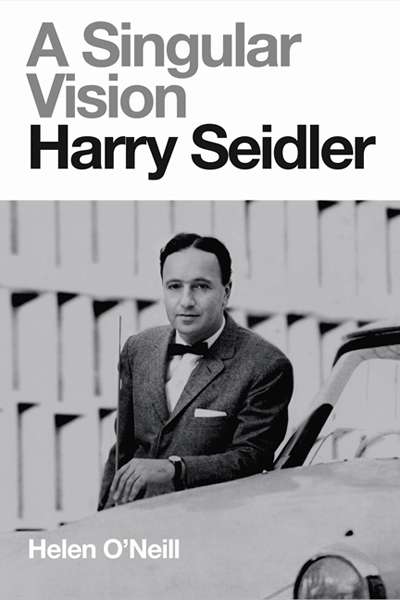Philip Goad

Philip Goad is Chair of Architecture and Redmond Barry Distinguished Professor at the University of Melbourne. With Julie Willis, he was co-editor of The Encyclopedia of Australian Architecture (2012), and with Hannah Lewi, co-editor of Australia Modern: Architecture, landscape and design, 1925–1975 (2019).
Public Sydney: Drawing the City is a large and beautiful book. Its size recalls William Hardy Wilson’s Old Colonial Architecture in New South Wales and Tasmania (1924) and other folio-sized books produced by architect–authors such as Andrea Palladio, James Stuart and Nicholas Revett, and Richard Phené Spiers. Their luxurious size was dictated by the reproduction of drawings at a scale where m ... (read more)
Architectural distinction was conferred upon most Australian towns and cities in the nineteenth century. This was achieved largely through the construction of public buildings designed by architects employed within colonial works departments – a practice that regrettably does not exist anymore. Town halls, post offices, courthouses, hospitals, lunatic asylums, and jails were the product of highl ... (read more)



